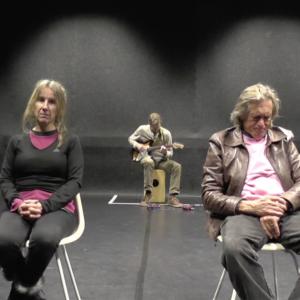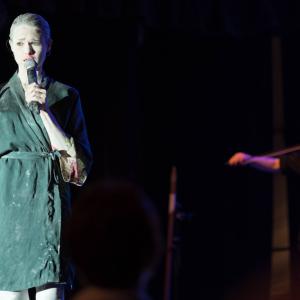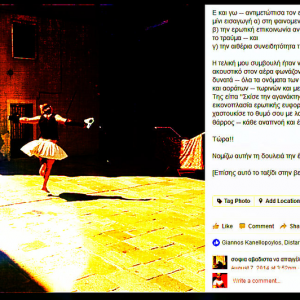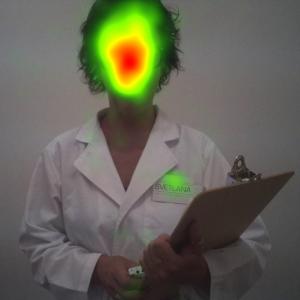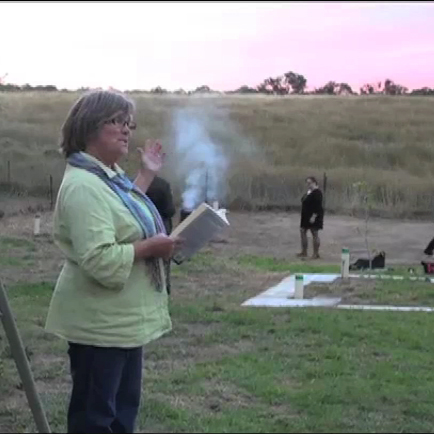
Exploring the Principles of Allodoxic Art (in dialogue with Baroness Elsa)
Issue
Abstract
It is possible to bring socio-politically engaged practices into the realm of the commons. These practices I have grouped under the umbrella of allodoxic art, a term defined in the first section of this exposition. Allodoxic art provides a way of bringing into focus the social movement struggles that have shaped the discourse across social and environmental justice, embracing the total contribution of individuals’ artistic forms and active citizenship.
French sociologist Pierre Bourdieu (1930–2002) recuperates the concept of allodoxia that was first used by the Greek philosopher Plato (427–347 BC) to describe false beliefs arising from misrecognition. The word allodoxia derives from two Greek words allo referring to a mixture, and doxa meaning practices or teachings. An understanding of his use of allodoxia can equip artists with a tool to map pre-allodoxic tactical actions for unfolding allodoxic interventions that target and impact upon privileged space. Such interventions can maintain and expand the commons as embedded policy and programs, rights, and community-led initiatives. The commons are theorised here not merely as a passive legacy, but as a stake to be claimed, insistently and programmatically, as a matter of collective urgency. The commons also refer to lost or new territory claimed for the protection or expansion of rights, on the one hand, and the common good and activism in general on the other.
I present several artwork examples that elucidate hegemonic social games, as well as others that demonstrating the connection between allodoxia and hegemony. These may act as access points for artists and intervention participants to understand how allodoxic interventions, as anti-hegemonic behaviour, contribute knowledge and skills to commoning processes. They may also, through the exploration and testing of tactics, help those processes gain traction and develop. These are drawn from the radical performative practice of German-born Baroness Elsa von Freytag Loringhoven (born Else Hildegard Plötz 1874–1927: henceforth Baroness Elsa) and my studio based works.
The theorisation of allodoxic art also draws from German political thinker Hannah Arendt (1906–1975), specifically her theoretical work on revolutions, which provides greater understanding of how and why we should take political actions against privileged space. As principles for allodoxic art, this work develops an analytical armature for judging the success of these tactics and to further develop these types of interventions.
OPEN EXPOSITION

